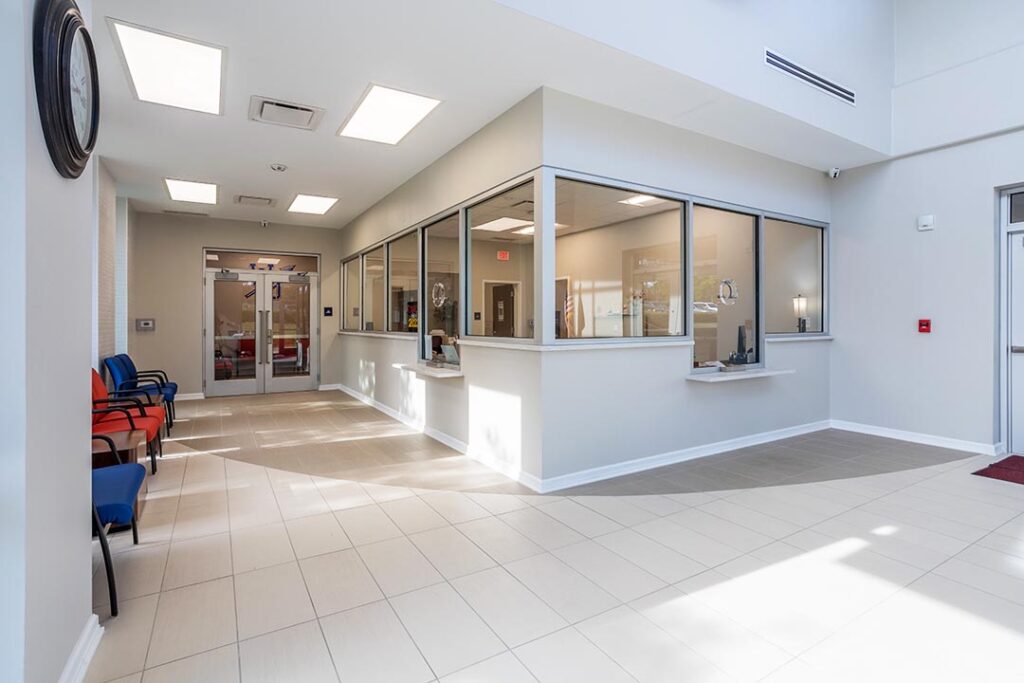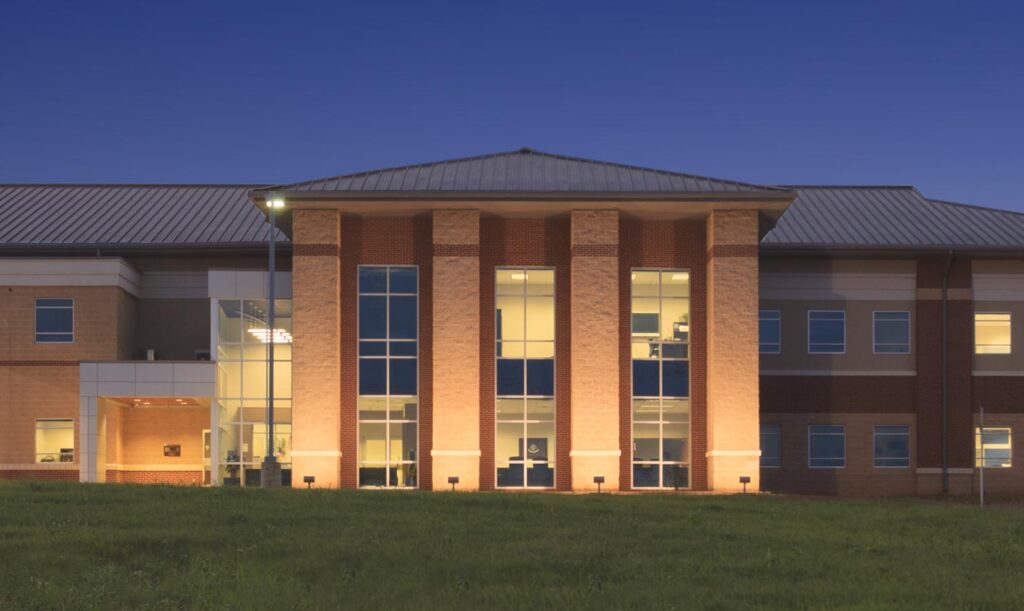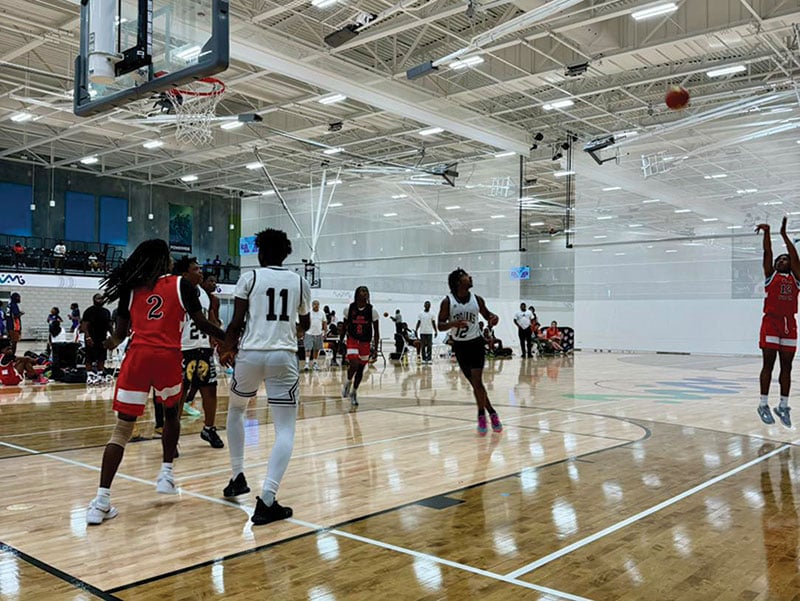The Role of Technology in Modern Architectural Design
The architectural world is undergoing a revolution, driven by cutting-edge technologies like Artificial Intelligence (AI) and Virtual Reality (VR). These tools are reshaping how architects conceptualize, design, and present their projects, providing unprecedented precision, creativity, and client engagement. As a firm dedicated to innovation, we’ve embraced these advancements to deliver exceptional designs that meet and exceed the expectations of our clients.
Artificial Intelligence in Architecture
AI has become an invaluable tool in automating repetitive tasks, allowing architects to focus on creativity and strategy. From generating multiple design iterations to analyzing spatial configurations, AI speeds up workflows while maintaining high-quality outcomes.
AI-powered software can explore thousands of design options, optimizing for factors like energy efficiency, material use, and cost. This ensures that designs meet sustainability and budgetary goals.
Clint Whittington, Principal Architect and VP-Operations, shares his thoughts on integrating AI into our everyday work. “Not only is it shaping how we design today, but AI technology also enhances architectural project management and design by improving efficiency and decision-making. It streamlines data analysis, material research, note-taking, image editing, cost estimation, and project scheduling, providing architects and planners with precise insights for better outcomes,” says Clint.
As the industry evolves, AI technology continues to open new possibilities, redefining how we shape the built environment. From resources like Read Assistant for notetaking during online meetings to Photoshop’s latest tools for photo editing, AI has become a part of everyday practices at TBA.
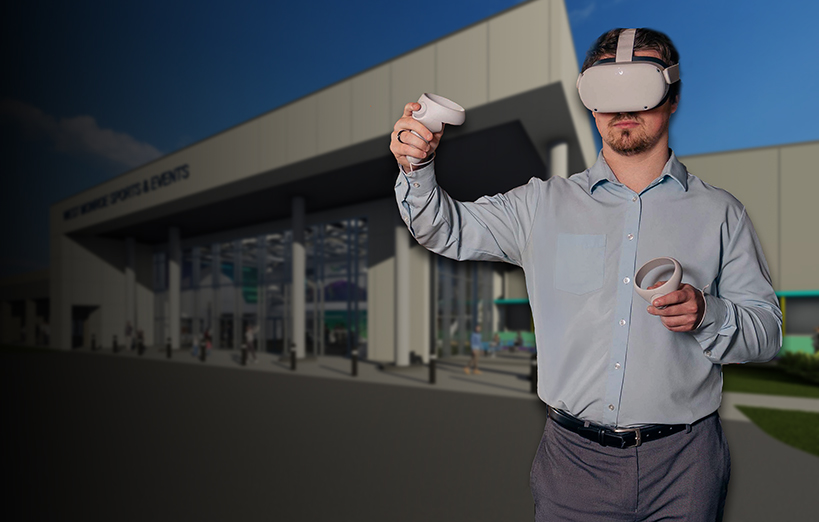
Virtual Reality in Architecture
VR is redefining how clients interact with architectural designs. Through immersive virtual walkthroughs, clients can experience a building long before construction begins. Recently, we were able to allow local school board officials, coaches, and administration to view a new high school stadium using virtual reality. Right here in our board room, the team was able to walk through the new stadium and give feedback on our latest design concepts. With VR, clients can suggest changes during the walkthrough, enabling immediate updates to the design.
“Virtual reality has completely changed the way we present our designs. Instead of just looking at 2D drawings, clients can now view their projects before a single brick is laid. It’s an invaluable tool for collaboration and ensuring every detail aligns with their vision.,” says Kade Brandon, Project Manager at TBA.
At TBA, we’ve integrated AI and VR into our design process to enhance creativity, precision, and client satisfaction. These tools allow us to remain at the forefront of architectural innovation. AI and VR are revolutionizing architecture, pushing the boundaries of what’s possible. By embracing these tools, architects can create more innovative, efficient, and client-focused designs. As we look to the future, our firm remains committed to leveraging the power of AI and VR to craft spaces that inspire and endure.
Curious about how AI and VR can enhance your architectural vision? Contact us to learn more about our process and see these technologies in action.
Subscribe to our Blog

Meet our team of problem-solvers who create award-winning designs that welcome, inspire, and excite.
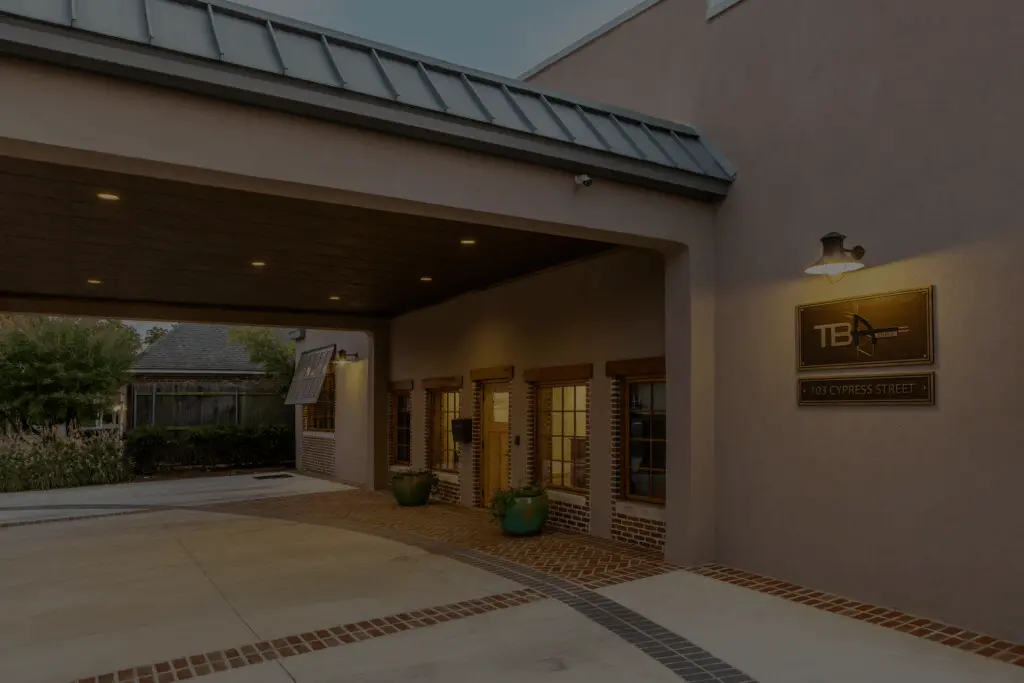
Join the team that’s transforming our communities through design.
